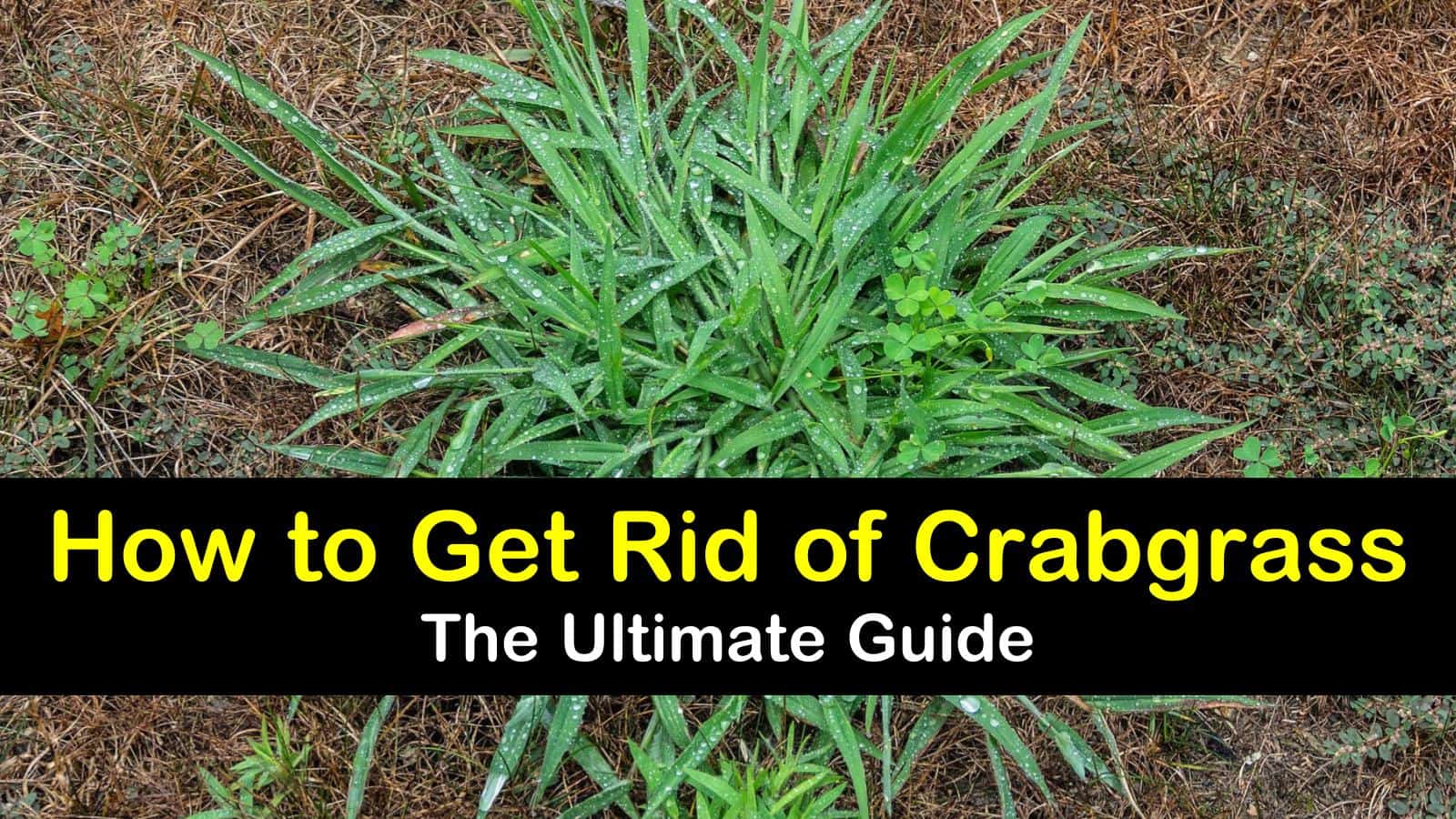Crabgrass is the bane of homeowners’ existence when it comes to caring for a healthy lush lawn. This persistent annual weed thrives in the summer heat spreading quickly to form unsightly patches of course, light green grass. Controlling crabgrass takes diligence and good timing. But with the right techniques and products, you can kill crabgrass and prevent it from returning year after year.
What is Crabgrass?
Crabgrass is a fast-growing annual warm season grass with wide, hairy blades that grow close to the ground in a circular, mat-like habit. It flourishes in hot summer weather. The annual weed dies out with fall frosts after setting thousands of viable seeds. There are several weed grass species known as “crabgrass”, but the most problematic is large or hairy crabgrass (Digitaria sanguinalis).
Why is Crabgrass so Hard to Control?
-
It produces 150,000 seeds per plant which spread readily.
-
The plants grow horizontally along the ground, escaping being cut by mowers.
-
Seeds remain dormant in soil through winter and germinate in spring.
-
It thrives in poor, compacted soil and crowds out desired grass.
-
Once established, pulling crabgrass can leave bare patches for more weeds.
When to Kill Crabgrass
Timing is critical for effective crabgrass control. There are two phases:
Pre-Emergence
-
Apply pre-emergent herbicide in early spring before soil temperatures reach 55-60°F.
-
This prevents crabgrass seeds from germinating and developing roots.
-
Products like prodiamine prevent growth for 3-5 months.
Post-Emergence
-
Once crabgrass emerges, use a post-emergent herbicide labeled for crabgrass.
-
Target young, actively growing crabgrass – don’t wait until it flowers.
-
Post-emergents like quinclorac kill existing crabgrass but don’t prevent new growth.
How to Kill Crabgrass
Non-Chemical Methods
-
Hand pull small patches after rainfall when soil is moist – remove all roots.
-
Maintain a thick, healthy lawn – it helps crowd out weeds.
-
Aerate compacted soil – crabgrass thrives on poor soil.
-
Adjust watering to supply lawn with 1-1.5″ per week.
-
Increase mowing height to 3″ – this shades out crabgrass seedlings.
Chemical Controls
-
Pre-emergent herbicides like prodiamine, dithiopyr, pendimethalin.
-
Post-emergent herbicides like quinclorac, fenoxaprop-p-ethyl.
-
Broadleaf herbicides won’t kill crabgrass since it’s a grassy weed.
-
Use selective crabgrass killers for lawns – they won’t harm desired grass species.
-
Liquid, granular, or spray formulations are all effective.
-
Always carefully follow product labels and re-entry intervals.
How to Prevent Crabgrass Naturally
Prevention is the best cure for crabgrass infestations. Make your lawn an inhospitable environment for crabgrass growth using cultural and mechanical practices:
-
Overseed bare patches in fall – thick turf resists weeds. Choose turf-type tall fescue or perennial ryegrass seeds.
-
Leave grass clippings on the lawn to add nitrogen and organic matter to soil.
-
Amend soil annually with 1/4″ layer of compost to improve fertility and texture.
-
Avoid heavy traffic and soil compaction which favors crabgrass.
-
Maintain proper mowing height for your turfgrass – never cut more than 1/3 blade length.
-
Water deeply and infrequently – 1-1.5″ per week. Avoid frequent shallow watering.
-
Dethatch in spring and fall to remove the layer where crabgrass seeds collect.
Tips for Preventing Crabgrass
-
Time pre-emergent herbicide with forsythia bloom or use soil thermometer to gauge 55°F soil temp.
-
Reapply pre-emergent every 8-10 weeks if needed through summer.
-
Overseed in fall, not spring, to avoid inhibiting germination of grass seeds.
-
Use corn gluten based organic pre-emergent in spring to control seeds if desired.
-
Let grass clippings decompose on the lawn – don’t bag – for free fertilizer.
With proper timing, effective control products, and good cultural practices you can kill existing crabgrass and keep your lawn crabgrass-free. Maintaining healthy, dense turf is the best long-term weed prevention.

How to Kill Crabgrass Without Affecting Your Lawn Fast & Easy
FAQ
How do I kill crabgrass without harming my lawn?
Why is my lawn full of crabgrass?
Does vinegar really kill crabgrass?
